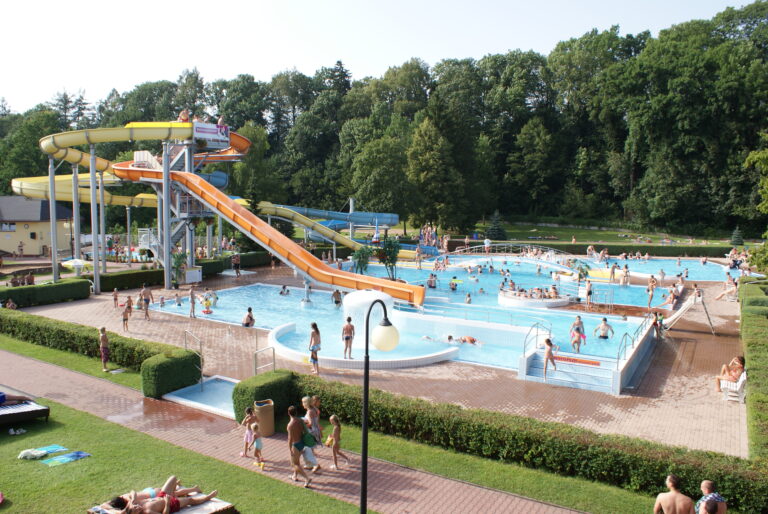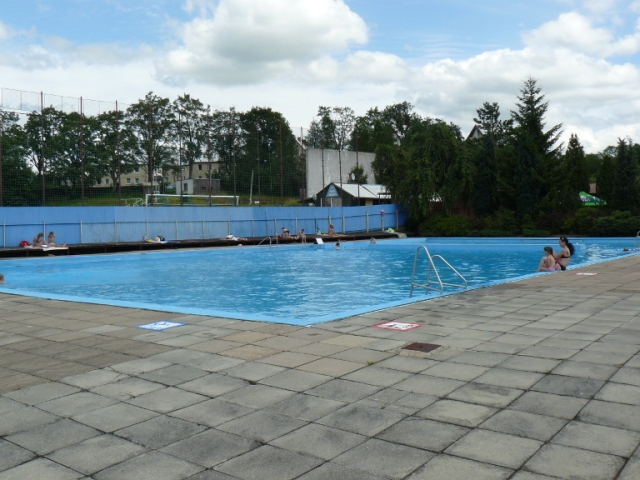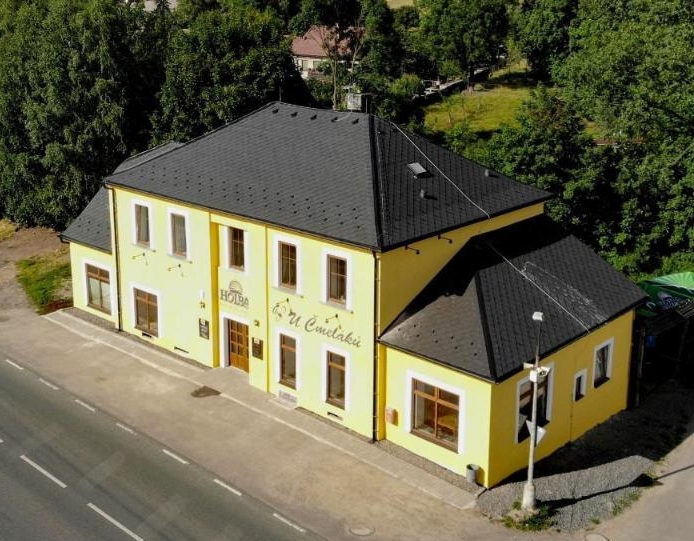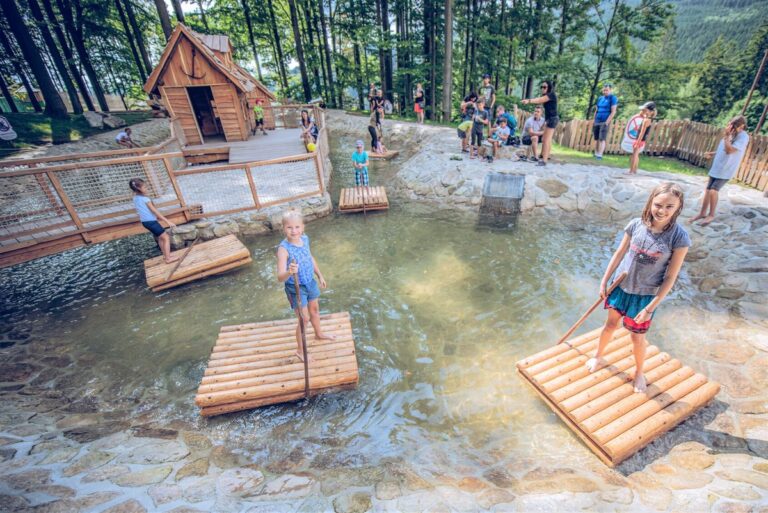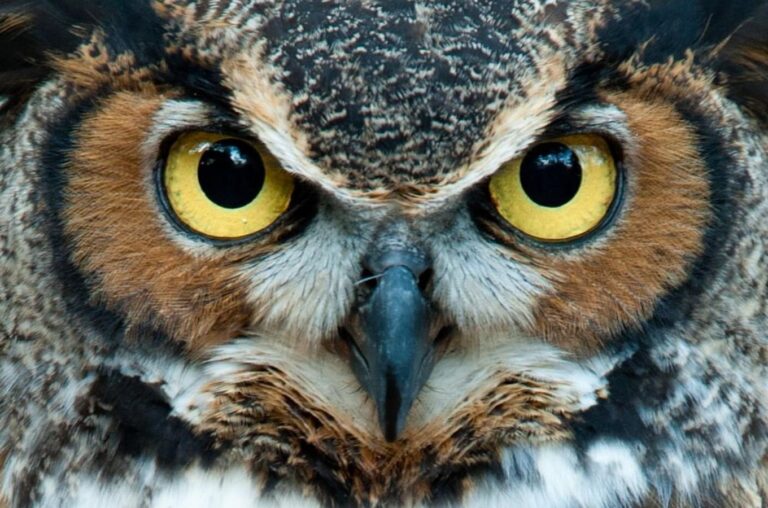The Hůrka Artillery Fortress is a unique military-historical monument. It is one of five artillery forts that were completed by September 1938. The Hůrka is a complex of five buildings, the so-called log cabins (in the highest degree of resistance), which are connected deep underground by a very extensive system of corridors and halls (total length of 1.75 km). The battlements of the fortress were absolutely safe against the effects of all known weapons of the time.
The Hůrka fortress includes two infantry logs of interesting construction design, an artillery log (the most massive type of combat object of the Czechoslovak fortification), an entrance log and an object designed for the installation of a rotating and extendable gun turret (dimension 666). The Hůrka logs became a target for the secret weapon of the Third Reich - the Röchling anti-crete missiles. Very well preserved is the extensive underground system of the fortress, which hides spaces deep below the surface to ensure long-term fighting of the garrison. One can see spacious halls for the filter room, power plant, ammunition storage, barracks with kitchen and infirmary, the fort's narrow gauge railway and much more. The underground spaces were intended to provide safe accommodation for a garrison of over four hundred men.
Visitors will see rare exhibits during the tour: the original sliding armoured gate in the entrance, a working inclined elevator - a weighbridge and a locomotive with narrow gauge railway cars (from the 1950s).

